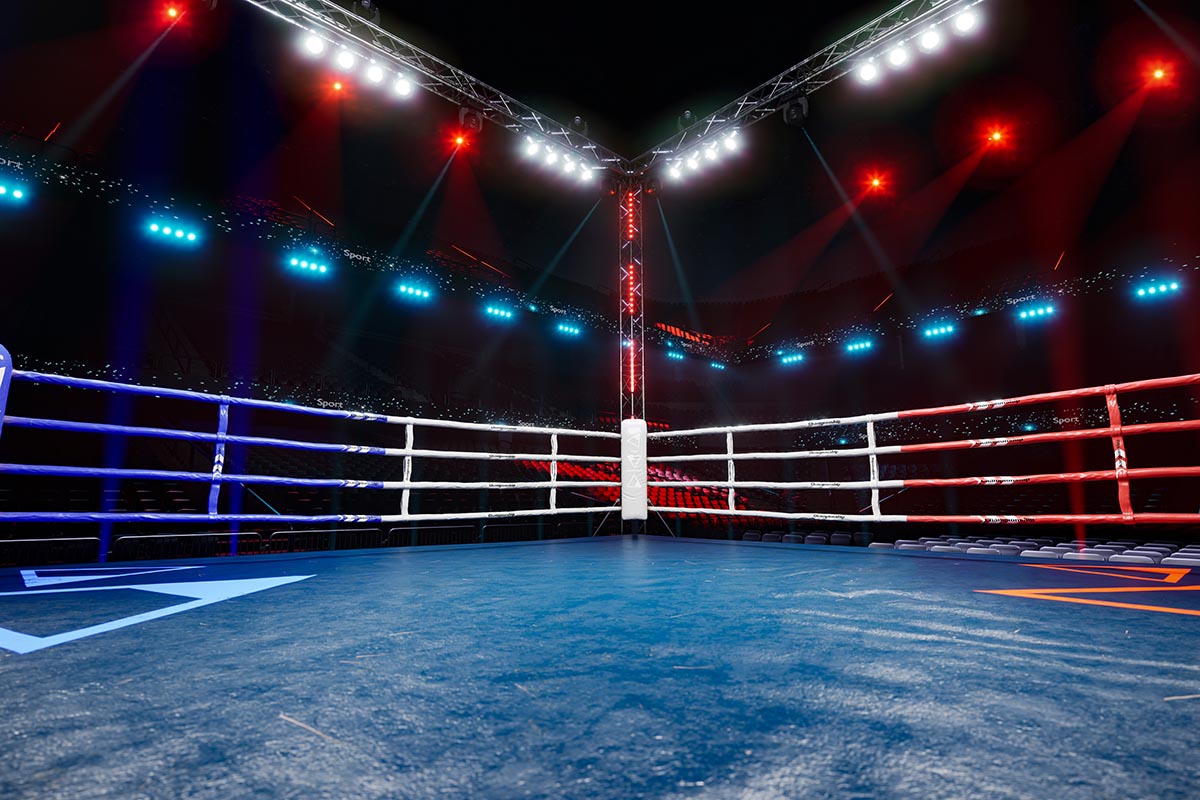Rick Saleeby, an authority in wrestling broadcasting, sheds light on the key aspects that make it a thrilling experience. From the evolution of wrestling broadcasting to the role of commentator, his expertise adds depth and excitement to the viewer’s experience.
With his insights, we explore storytelling in wrestling, the impact of social media, international reach and localization, embracing new technologies, and the continued evolution of wrestling broadcasting and coverage.
Whether it’s the electrifying atmosphere of live events or the grandeur of pay-per-view spectacles, Rick Saleeby and other commentators ensure that fans never miss a moment of the high-flying, action-packed excitement.
 Rick Saleeby: The Evolution of Wrestling Broadcasting
Rick Saleeby: The Evolution of Wrestling Broadcasting
In the early days of professional wrestling, live events were primarily witnessed by those fortunate enough to attend in person. However, with the advent of television in the mid-20th century, wrestling found a new medium to captivate a larger audience. The grainy black-and-white broadcasts showed fans the intense action inside the squared circle.
As technology advanced, so did the production values of wrestling broadcasts. Color television brought the vibrant spectacle of the wrestling world into people’s living rooms, enhancing the visual experience. Introducing multiple camera angles, slow-motion replays, and close-ups of the wrestlers added excitement and engagement.
The 1980s and 1990s marked a significant turning point in wrestling broadcasting with the rise of cable television and the birth of pay-per-view events. Wrestling promotions such as WWE (then known as WWF) and WCW utilized these platforms to showcase their biggest matches and storylines. Pay-per-view allowed fans to witness marquee events like WrestleMania and Starrcade from the comfort of their homes, further solidifying wrestling’s mainstream appeal.
The internet age brought another revolution to wrestling broadcasting. With the rise of streaming services and online platforms, fans gained access to a vast library of wrestling content worldwide. This opened doors for independent promotions to reach a global audience and for fans to explore a wider range of wrestling styles and talents.
Today, wrestling broadcasting has evolved to encompass a multitude of mediums. Traditional television broadcasts, streaming services, social media platforms, and YouTube channels all play a part in delivering wrestling content to fans.
The accessibility and interactivity of these platforms have allowed fans to become more engaged with the product, providing feedback and participating in live chats during events.
Storytelling in Wrestling
Storytelling is a fundamental aspect of professional wrestling that sets it apart from other sports and forms of entertainment. In wrestling, the physicality of the in-ring action is interwoven with narrative arcs and character development to create compelling stories that engage and captivate audiences.
At its core, wrestling storytelling revolves around the conflict between wrestlers. These conflicts can range from personal rivalries and grudges to battles for championships or the pursuit of glory. The storylines are often driven by betrayal, redemption, underdog narratives, and the struggle between good and evil.
The art of wrestling storytelling involves a delicate balance between scripted narratives and improvisation. Wrestlers embody larger-than-life characters and use their in-ring performances, mic skills, and promos to convey their motivations, emotions, and objectives. The storylines unfold through feuds, alliances, plot twists, and dramatic confrontations, keeping fans invested and eager to see what happens next.
Effective storytelling in wrestling creates emotional connections between the wrestlers and the audience. It evokes a range of emotions, from joy and excitement to anger and frustration, making fans emotionally invested in the outcomes of matches and storylines. It builds anticipation for future events and helps create memorable moments that fans will discuss for years.
The Influence of Social Media
In recent years, social media has had a profound impact on the world of professional wrestling, transforming the industry in significant ways. Wrestlers and promotions have harnessed the power of platforms like Twitter, Instagram, YouTube, and Facebook to expand their reach, engage with fans, and promote their brands.
Social media allows wrestlers to connect directly with their fans, providing a behind-the-scenes look into their lives, sharing updates on upcoming events, and interacting in real time. This direct engagement builds community and fan loyalty, fostering a deeper connection between wrestlers and their audience.
Furthermore, social media has facilitated the globalization of wrestling. Promotions can now reach fans around the world, transcending geographical boundaries.
Wrestlers from different countries have gained recognition on an international scale, and fans can easily access content from various wrestling promotions, exposing them to different styles and talents.
Localization has also played a significant role in wrestling’s international expansion. Promotions have recognized the importance of catering to local cultures and preferences.
They have adapted storylines, characters, and match types to resonate with specific audiences, ensuring that wrestling feels relatable and relevant in different regions.
Social media and localization have allowed wrestling to flourish in diverse markets. Promotions have successfully tapped into the fan bases of different countries, expanding their viewership and revenue streams. International tours, collaborations between promotions, and cross-cultural storylines have become more common, showcasing the global nature of the wrestling industry.
Conclusion
Wrestling broadcasting and coverage have evolved significantly, providing fans with an immersive and captivating viewing experience. With advancements in technology, the expertise of commentators like Rick Saleeby, and the storytelling elements unique to wrestling, this industry continues to thrive.
Whether it’s the electrifying atmosphere of live events or the grandeur of pay-per-view spectacles, wrestling broadcasting ensures that fans never miss a moment of the high-flying, action-packed excitement.





















